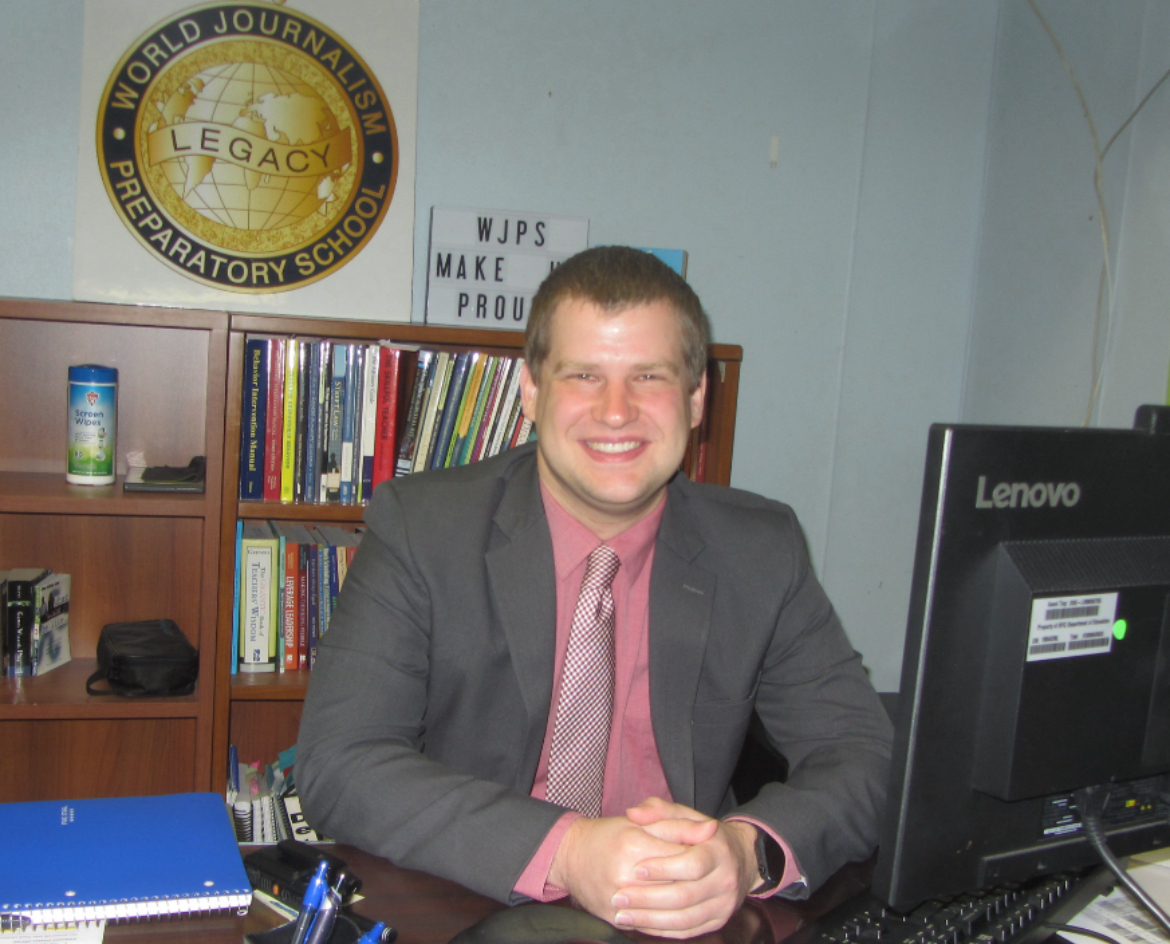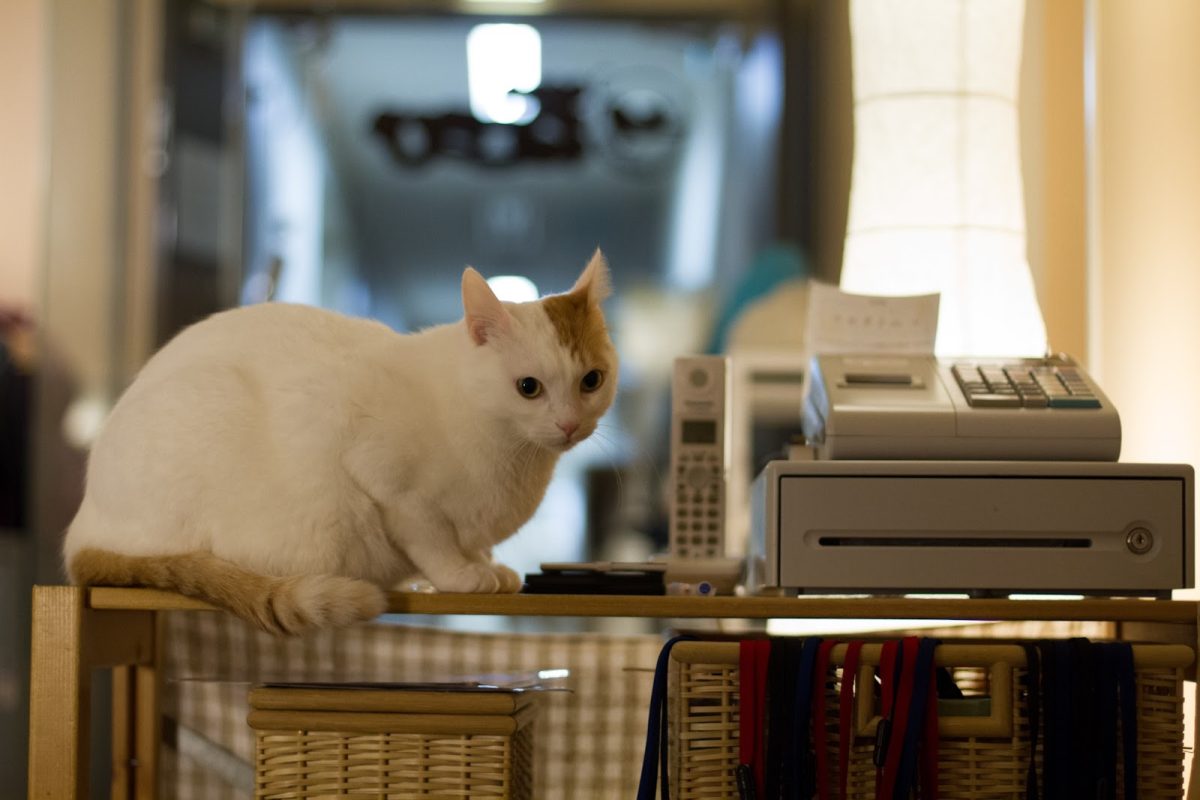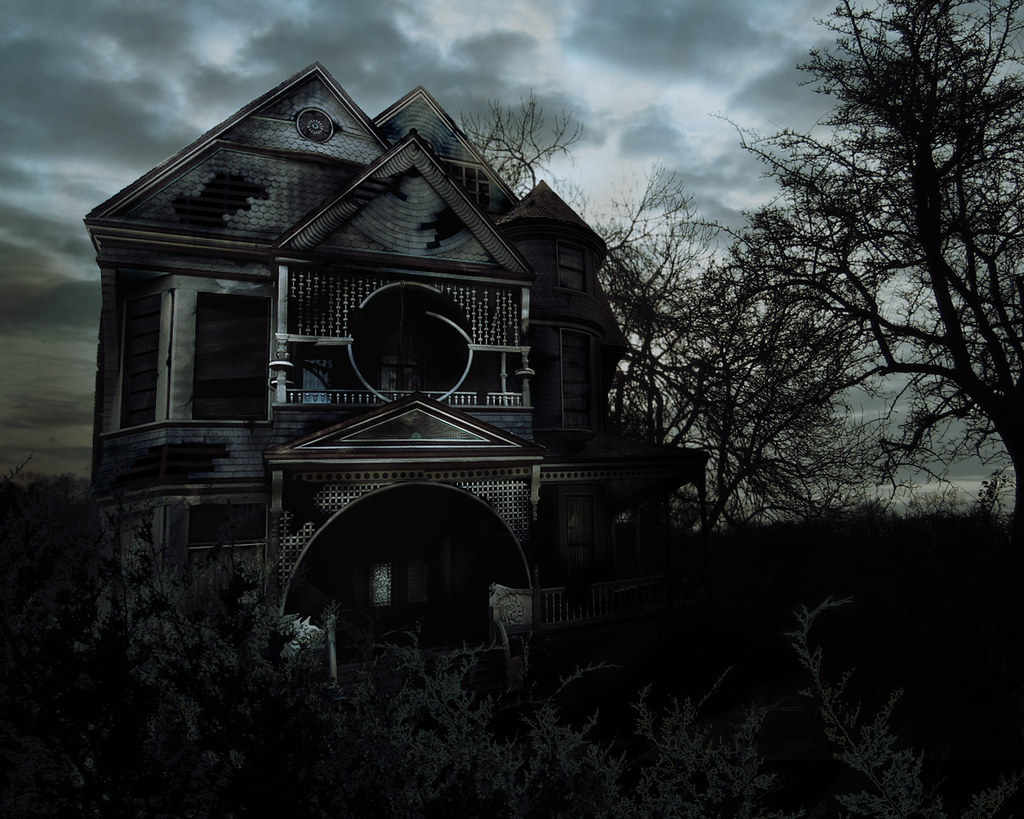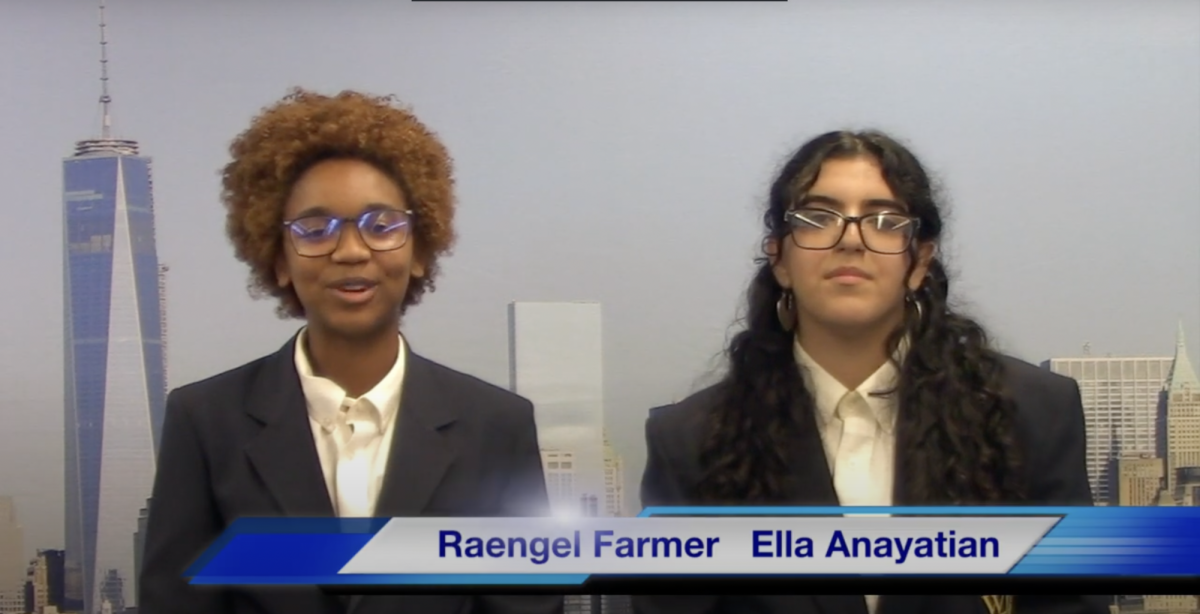Anxiety can start for many reasons, such as taking a test, peer pressure, or getting in trouble for doing something negative. Anxiety disorders are one of the most common mental illnesses in teenagers.
According to tandemjouney.org, anxiety is associated with depression, suicidal thoughts, and teen suicide.
A psychologist determines if it’s an anxiety disorder by looking at the symptoms and the degree of them can indicate a specific anxiety disorder, according to medicinenet.com. It is normal to feel anxiety, but if it lasts longer for a few months, it can be diagnosed as a disorder.
Teenage-anxiety.co.uk states that, “approximately fifteen percent of the population experience anxiety disorders, with teenage anxiety disorders as the fastest growing.”
“As teenagers’ minds and bodies develop, they are particularly vulnerable to having feelings of excessive fear,” says Teenage-anxiety.co.uk.
“When I feel nervous I try to think of encouraging thoughts,” Gabriella Luciano said, junior.
“Anxiety affects a lot of teenagers, and it is the teenage version of depression,” Peter Vercchio said, sophomore.
There are different types of anxiety disorders that teenagers can face. The most common one is called generalized anxiety disorder, also known as GAD. If someone has an anxiety that lasts for a few months, and if it involves thoughts of irrational fears, it can be classified as GAD.
“Approximately 30% of teenagers come to me to discuss anxiety related problems. I believe teenagers develop problems at such a young age because, they’re under a lot of pressure. Such as social pressure and because academic requirements are higher than they have ever been,” says Mr. Lumetta, guidance counselor.
“If constant worries and fears distract you from your day-to-day activities, or if you’re being troubled by a persistent feeling that something bad is going to happen, it can be classified as an anxiety disorder.” states helpguide.org
Other forms of anxiety disorders are: social anxiety disorder, and obsessive compulsive disorders. Panic disorders are sudden and repeated attacks of fear that last for several minutes, according to nbci.gov. They usually show up in people younger than 25 years old.
Some symptoms of a panic disorder are: dizziness, feeling faint, hot flashes or chills, rapid heart beat, feelings of being out of breath or choking. Some ways it can be treated is by going to therapy for help, and taking anti-depression medicine.
Social anxiety disorder is a disorder in which a person has an excessive and unreasonable fear of social situations. Anxiety and self-consciousness arise from a fear of being closely watched, judged, and criticized by others, according to webmd.com. They are paranoid of messing up and being embarrassed in a social situation. Social disorder is the most common anxiety disorder, and the third most common mental disorder in the US.
Obsessive compulsive disorder is an anxiety disorder characterized by unreasonable thoughts and fears (obsessions) that lead you to do repetitive behaviors (compulsions), according to mayo-clinic.com. People with this disorder can get obsessed with doing a certain type of behavior constantly. They also may think of unpleasant thoughts and ideas in their head.
“Relationships make me feel anxious and I try to think positive when I’m nervous.” Samantha Matos said, junior.
“When I feel nervous or anxious, I try to do something to calm me down, like reading a book or watching a movie,” Alexander Mildener said, sophomore.
Cognitive therapy, “helps you understand your behaviors and how to change it,” states nbci.gov. A therapist can help a patient by finding ways to manage the anxiety they have.




































